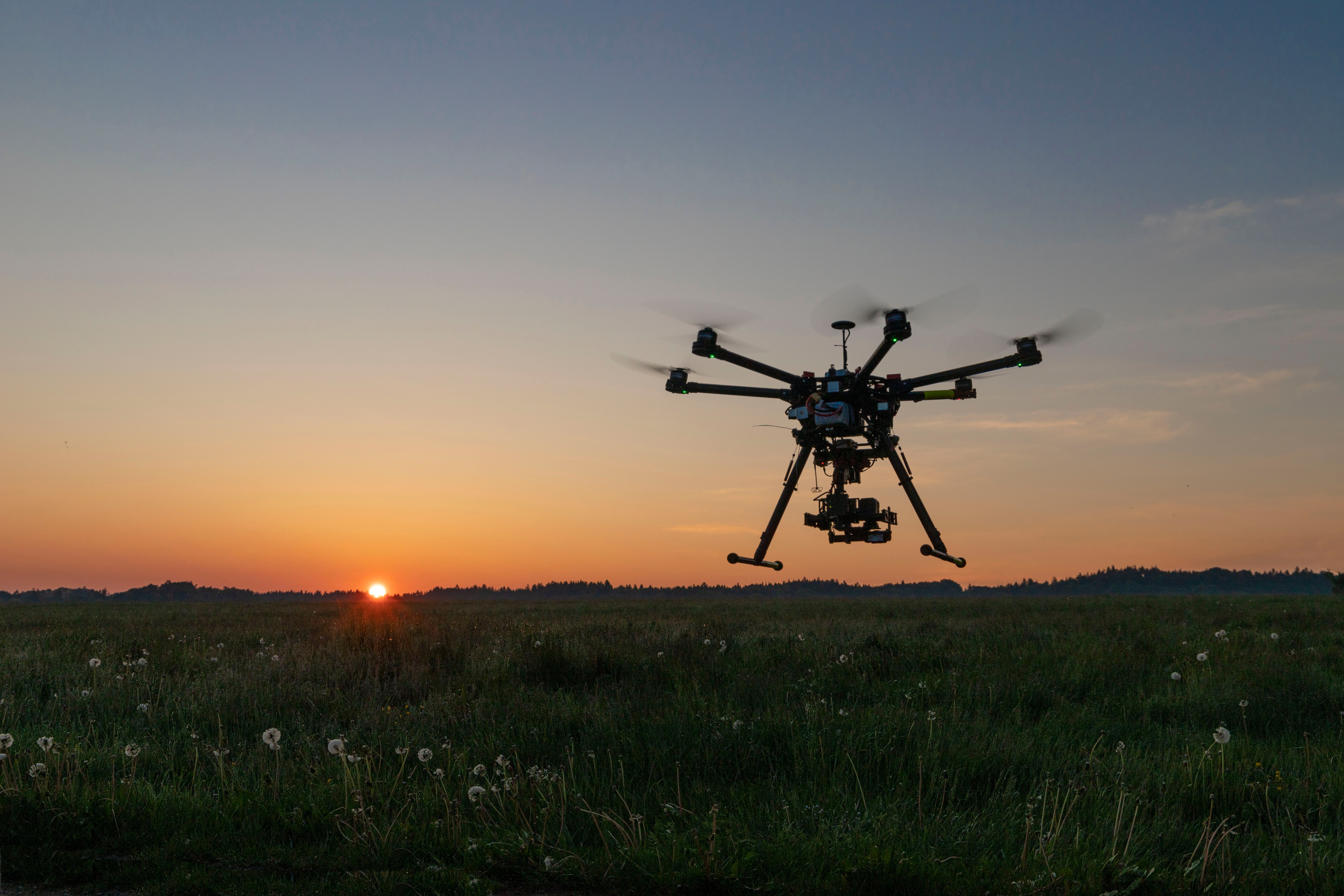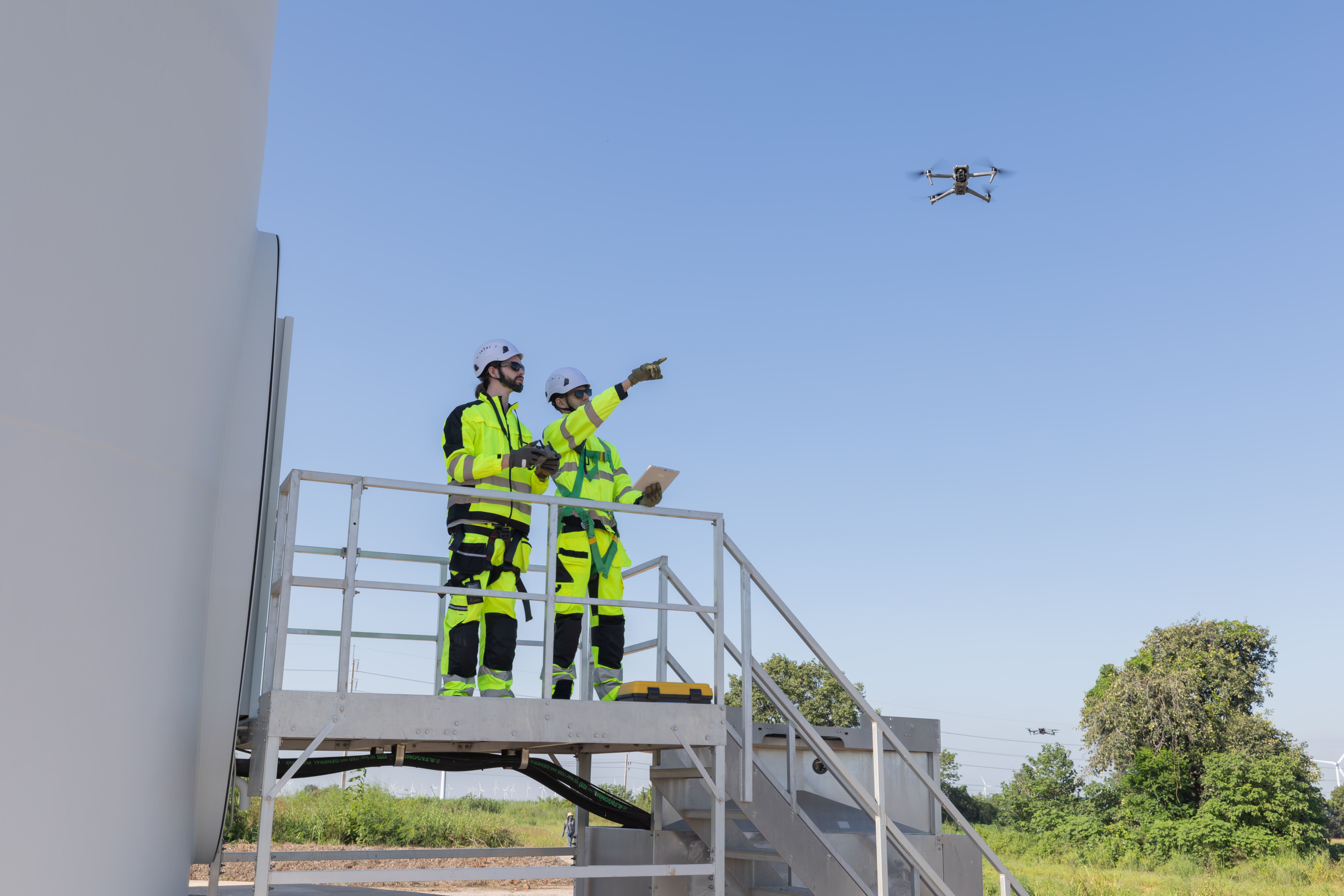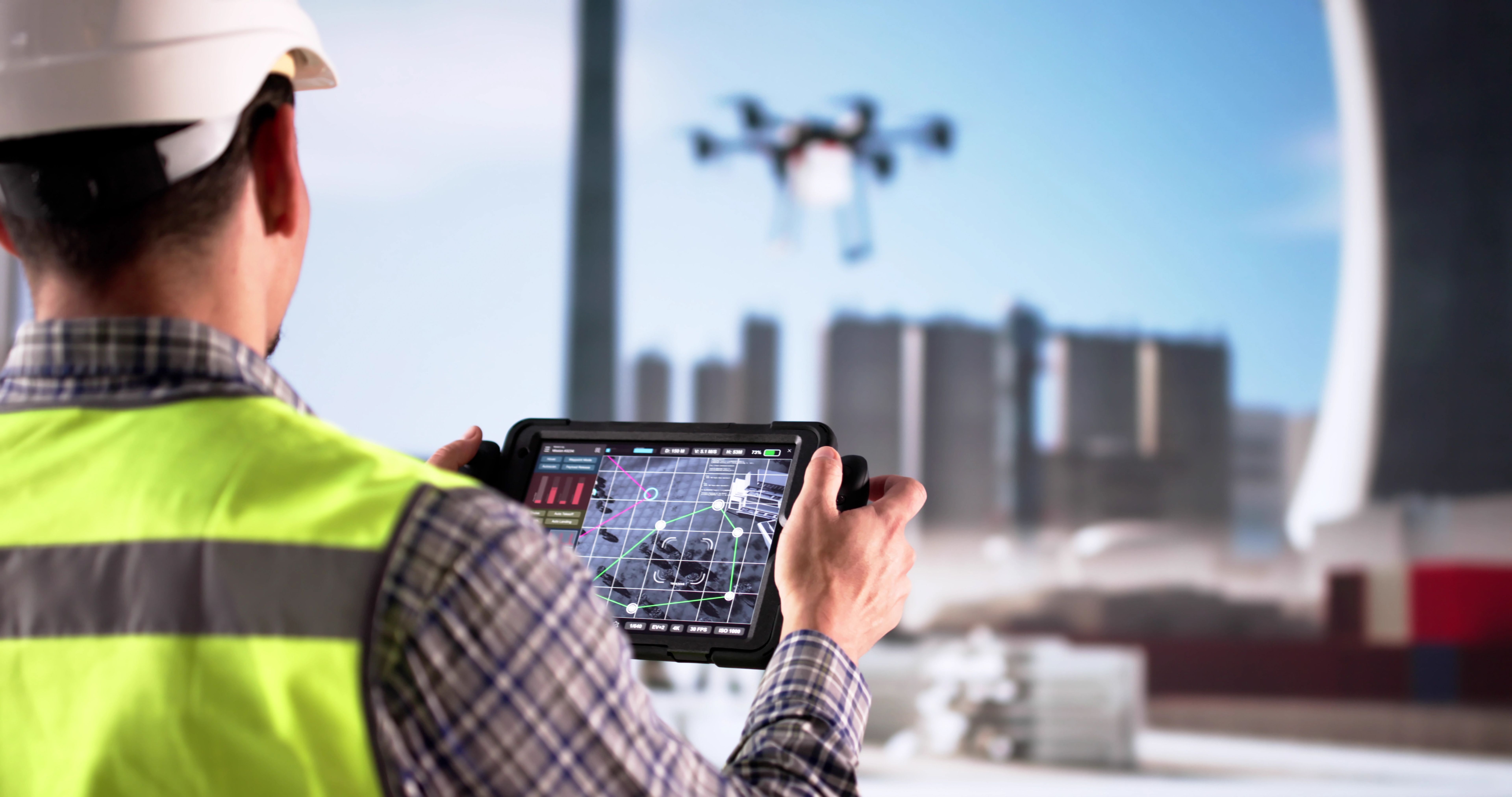Enhancing Wildlife Management with Thermal Drones
Introduction to Thermal Drones in Wildlife Management
The integration of technology into wildlife management has revolutionized the way researchers and conservationists monitor and protect animal populations. One of the most groundbreaking advancements in recent years is the use of thermal drones. These aerial devices equipped with thermal imaging cameras are reshaping traditional wildlife management techniques, providing a new perspective on animal tracking and habitat assessment.

Benefits of Thermal Drones
Thermal drones offer several advantages over conventional wildlife monitoring methods. Firstly, their ability to detect heat signatures allows for the identification of animals even in dense vegetation or at night, when visibility is typically poor. This capability significantly enhances the accuracy of population counts and reduces the likelihood of disturbing the animals.
Moreover, the use of thermal drones minimizes human presence in sensitive areas, which is crucial for protecting endangered species and maintaining the natural behavior of wildlife. By reducing the need for on-foot surveys, thermal drones help mitigate the potential for human-animal conflicts.
Applications in Conservation Efforts
Thermal drones are invaluable in various conservation initiatives. For instance, they are utilized in anti-poaching operations by detecting the heat signatures of poachers and their equipment. This real-time surveillance allows authorities to respond swiftly and effectively to illegal activities.
In addition, thermal drones assist in habitat monitoring by providing detailed data on vegetation health and changes in land use. This information is crucial for developing strategies to preserve natural habitats and ensure the survival of diverse species.

Challenges and Considerations
Despite their numerous benefits, the deployment of thermal drones in wildlife management is not without challenges. One primary concern is the cost associated with acquiring and maintaining these high-tech devices. However, as technology advances, prices are expected to decrease, making them more accessible to a broader range of organizations.
Another consideration is the need for skilled operators who can effectively manage and interpret the data collected by thermal drones. Training programs are essential to equip conservationists with the necessary skills to maximize the potential of this technology.
Future Prospects of Thermal Drones
The future of thermal drones in wildlife management looks promising. As technology continues to evolve, we can expect even more sophisticated devices with enhanced capabilities. Innovations such as artificial intelligence integration may further improve data analysis, allowing for more precise and efficient wildlife management strategies.
Increased collaboration between technology manufacturers and conservation organizations will likely accelerate the development of specialized drones tailored to specific ecological needs, leading to more effective conservation outcomes.

Conclusion
Thermal drones represent a significant advancement in wildlife management, offering unparalleled opportunities for monitoring, conserving, and protecting wildlife populations worldwide. By overcoming current challenges and embracing future technological developments, conservationists can harness the full potential of thermal drones to foster a sustainable coexistence between humans and nature.
As we continue to explore innovative solutions to environmental challenges, thermal drones stand out as a powerful tool in our efforts to preserve the planet's rich biodiversity for generations to come
